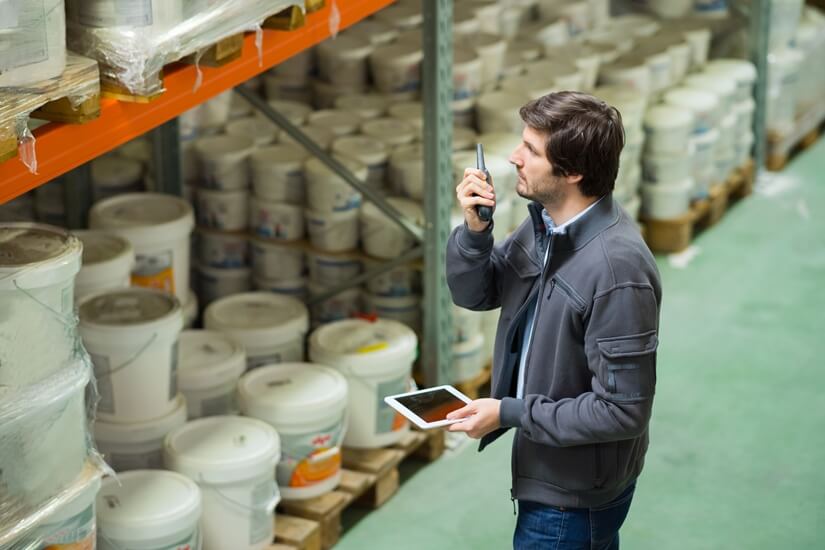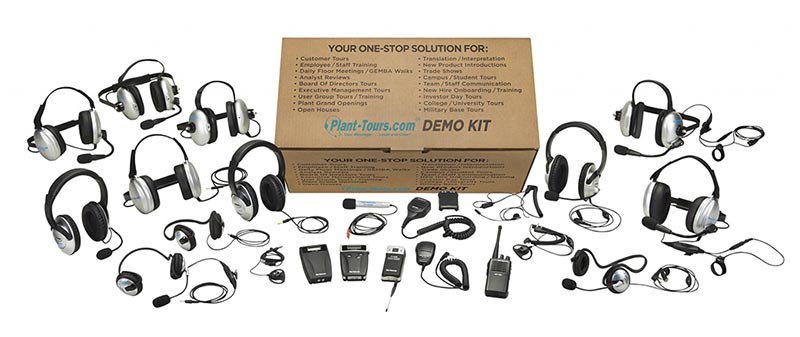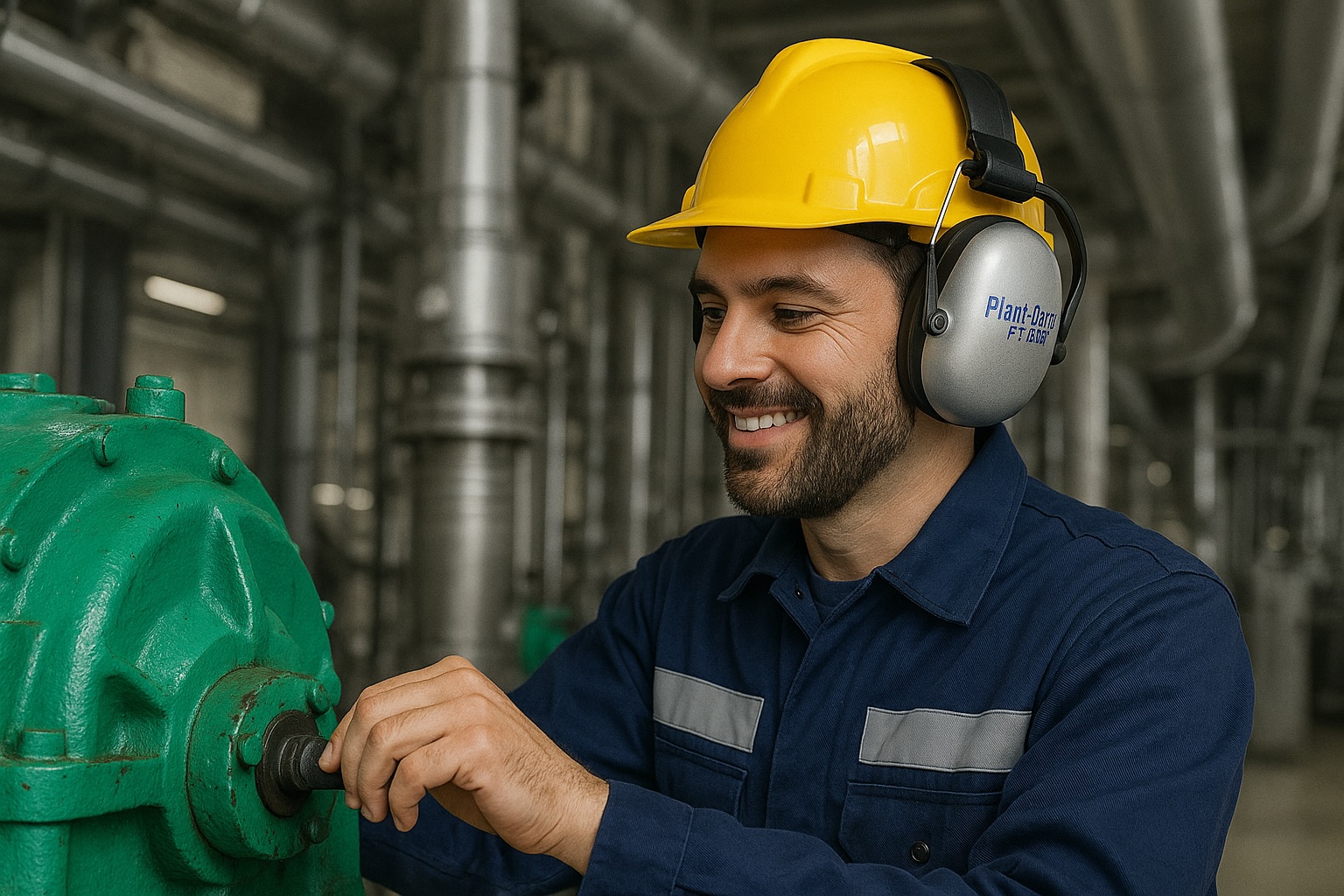Two-way radios, the unsung heroes of industrial communication, are a testament to the power of direct, clear, and efficient dialogue in demanding environments. They are the lifeline in environments where every second and clear instruction count. Mastering how to use these communication devices is not just about pressing buttons and transmitting messages.
It’s about understanding a language of efficiency, safety, and coordination that cell phones and other modern gadgets cannot replicate. For instance, in a mobile phone vs. radios debate, the latter always wins on the grounds of being productive in urgent situations.
Whether it’s at a construction site or in buzzing manufacturing plants, these radios offer a direct line to rapid response. Effective radio communication bridges gaps, connects teams, and turns chaotic situations into orchestrated symphonies of productivity. Read on to discover how to use two-way radios and unlock their full potential.
Understanding the Basics of Radio Communication
Two-way radios work by transmitting and receiving radio waves. When you press the push-to-talk (PTT) button, your voice is converted into radio waves and sent out to other radios tuned to the same frequency or channel. Once you release the button, your radio switches to receive mode, allowing you to hear responses from other radio users.
Two primary frequency bands are used in two-way radio communications: Very High Frequency (VHF) and Ultra High Frequency (UHF). VHF waves travel further and are ideal for outdoor settings with minimal obstructions. On the other hand, UHF is better suited for urban areas or inside buildings, where its shorter waves can navigate around metal structures and concrete.
It’s also important to understand the different types of two-way radio systems available. Hand-held radios, often referred to as walkie-talkies, are the most portable and widely used. Mobile radios, typically mounted in vehicles, boast higher power and a longer range. Base stations are fixed units that can coordinate communication across various channels.
Another key aspect of two-way communication is analog versus digital signals. Traditional analog radios are simpler and more cost-effective but they can be prone to interference and have less clear audio quality. Digital radios offer improved sound clarity, enhanced battery life, and features like text messaging and GPS tracking.
Setting Up Your Two-Way Radio
Proper setup of your two-way radio is crucial for efficient and reliable communication. Here are the key steps to ensure your radio is ready for use:
- Select the right frequency band: Choose between VHF and UHF based on your environment.
- Charge the battery: Ensure your radio’s battery is fully charged before use. Most modern two-way radios come with rechargeable batteries, providing extended use.
- Program your channels: Customize your radio’s channels according to your operational needs.
- Obtain necessary licenses: For certain frequencies, like those used in General Mobile Radio Service (GMRS) radios, you must have a license from the FCC.
- Attach accessories: Equip your radio with accessories such as headsets, earpieces, or microphones for hands-free operation.
- Check antenna and connections: Regularly inspect the antenna and all connections to ensure they are secure and undamaged for optimal reception and transmission.
- Set squelch levels: Adjust the squelch control to minimize background noise, ensuring clearer communication.
- Test communication: Conduct a test run to confirm the radio is functioning correctly. This includes checking the clarity of transmission and reception range.
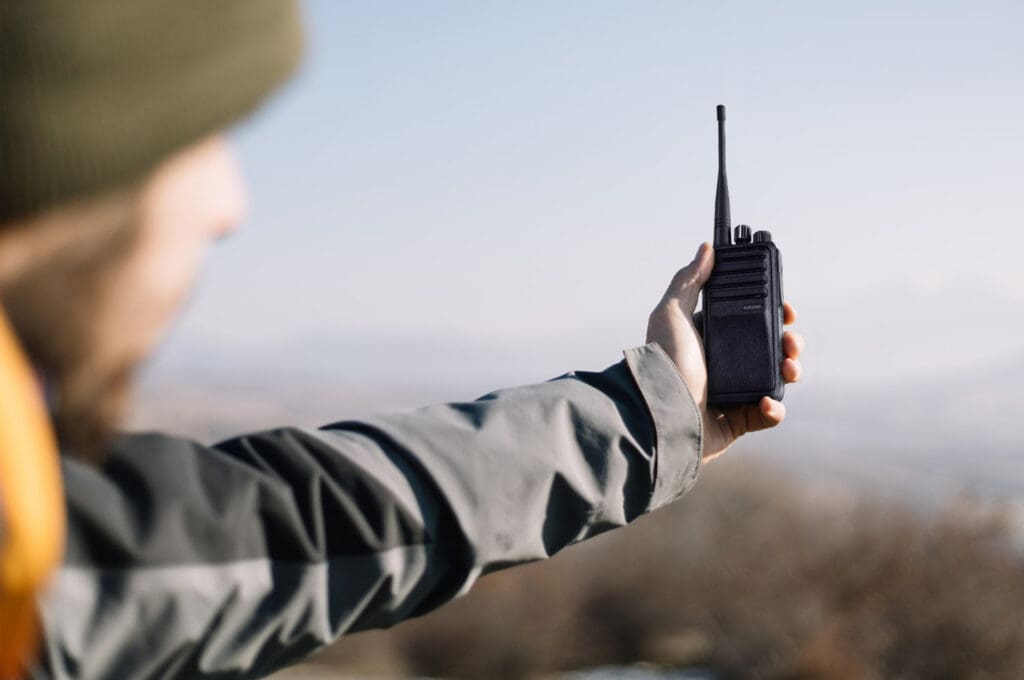
Effective Transmission Techniques
Mastering effective transmission techniques is crucial for clear and efficient communication using 2-way radios. Here are key practices to ensure your two-way radio communications are transmitted effectively:
Proper Use of Push-to-Talk (PTT)
Press the PTT button and wait a second before speaking to ensure the beginning of your message is not cut off. Release the button when you finish speaking to allow others to respond.
Keep Speech Clear and Concise
Speak clearly and directly into the microphone, maintaining a consistent volume. Use simple language to avoid misunderstandings. In group communications, ensure only one person speaks at a time to avoid overlapping messages and confusion.
Maintain Optimal Distance from the Microphone
Hold the radio approximately two to three inches from your mouth. This distance reduces background noise and improves voice clarity.
Use Standardized Phrases
Use universally recognized phrases such as “roger” for acknowledgment, “over” to indicate the end of transmission, and “say again” to request repetition.
Limit Background Noise
In noisy environments, consider using accessories like headsets or earpieces. They help in reducing external noise and improving transmission quality.
Keep Messages Brief
Long messages can lead to confusion and reduce the overall efficiency of communication. Brief transmissions ensure you don’t occupy the channel for longer than necessary and maintain clarity.
Understand Radio Etiquette
Respect radio etiquette, which includes not interrupting ongoing communications and using call signs appropriately for efficient coordination. Always be respectful and professional in your communications.
Common Two-Way Radio Features and Functions
Here are some common features and their functions in two-way radios:
● Channel scanning allows users to monitor multiple channels and find active transmissions
● Push-to-talk (PTT) button to enable instant communication with a simple button press
● Voice-activated transmit (VOX) for hands-free operation
● Adjustable volume control for modifying the volume for clear audio reception
● Programmable buttons for quick access to frequently used functions
● Battery indicator for displaying the remaining battery life
● Squelch control for reducing background noise for clearer communication
● Emergency alert features for sending out alerts in critical situations
● LED indicators for showing radio status and functions, like transmission and reception
● Call tones for signaling an incoming call or alert
Troubleshooting Common Two-Way Radio Issues
Even the most reliable two-way radios can encounter issues. Here’s a brief guide to troubleshooting common problems:
● Poor reception or transmission: Check the antenna for damage or loose connections. Ensure you’re within range and not blocked by obstacles, especially when using UHF frequencies in urban settings.
● Unable to transmit: Check if the PTT button is functioning. Ensure the radio isn’t on mute or scan mode.
● Battery problems: If the radio loses power quickly, ensure the battery is fully charged. Consider replacing older batteries, as their lifespan diminishes over time.
● Static or interference: Adjust the squelch settings to minimize background noise. If interference persists, switch to a different channel.
● Inability to connect with other radios: Verify that all radios are set to the same channel and frequency band. Check for any inadvertent programming changes.
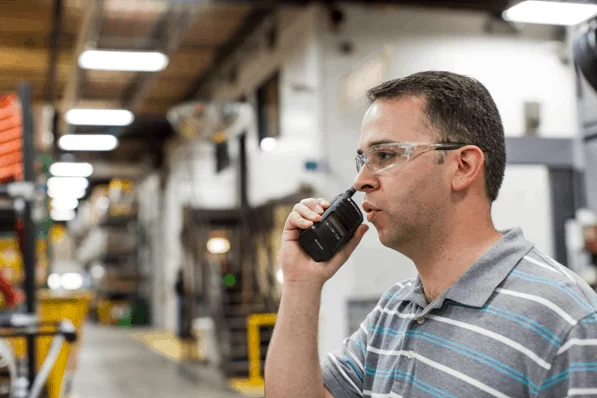
Maximizing Communication in the Field
Maximizing communication with two-way radios requires applying best practices tailored to specific environments. One best practice for enhancing communication is ensuring all users are trained in radio usage, including features and etiquette. Most of our industrial clients usually report having a dedicated radio communication training session to improve response times.
Assigning specific channels for different teams or departments can also maximize communication. This segregation allows for streamlined and focused communication, reducing cross-talk and confusion. The approach has proved effective for our clients handling construction projects, allowing seamless coordination between the ground crew and crane operators.
For emergency services, quick access to communication is vital. Implementing radios with one-touch emergency buttons has enabled faster response times, a feature that has been a game-changer for most of our clients who work as first responders.
Elevate Your Two-Way Radio Communications
Learning how to use two-way radios is crucial in industrial settings, be it for enhancing communication, increasing safety, or boosting productivity. If you are seeking top-notch two-way communication headset systems, Plant-Tours.com stands out as an ideal provider.
Our range includes both one-way and two-way systems, designed for crystal-clear audio in loud environments. They are built to endure rugged conditions, a quality attested to by our clientele of major brands.
To truly appreciate the difference, request a free demo kit from Plant-Tours.com. This opportunity allows you to thoroughly test our headsets, ensuring they meet your needs for outstanding performance in any industrial setting.
